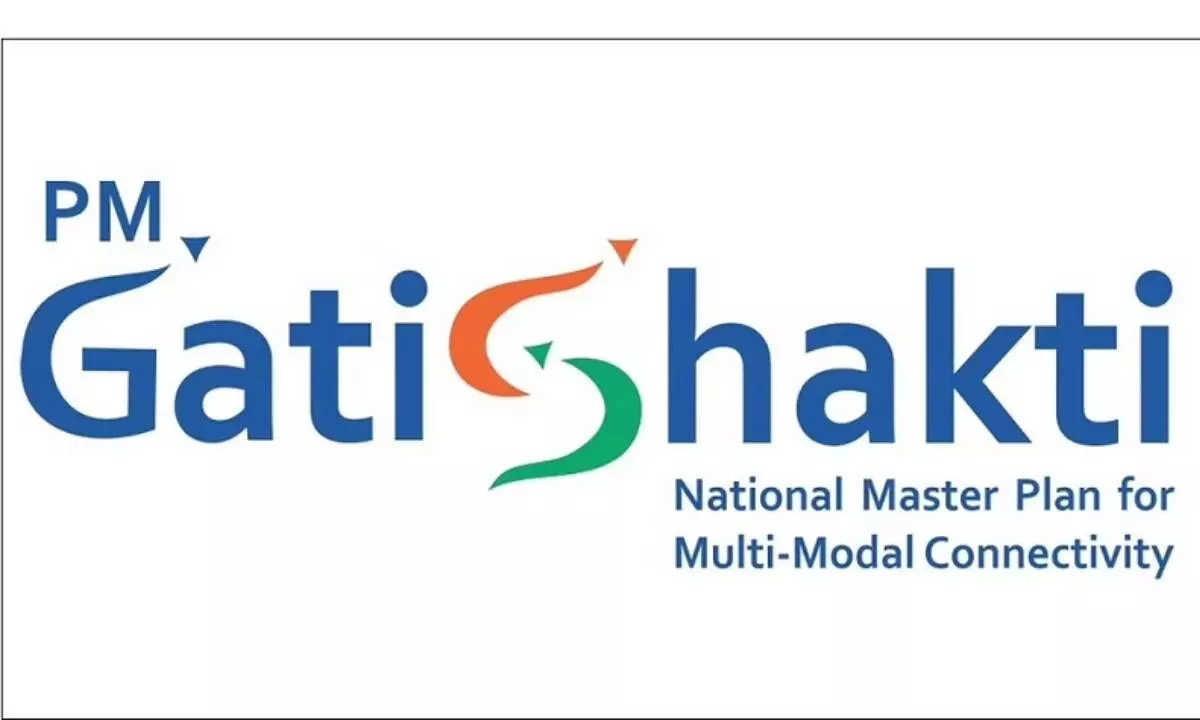PM GatiShakti fixing gaps in infra for all
States, Union Territories enthusiastically using PM GatiShakti for planning connectivity, sources tell Bizz Buzz
image for illustrative purpose

New Delhi PM GatiShakti (PMGS), a GIS-enabled National Master Plan (NMP) for multi-modal connectivity, is bearing fruit in not only speeding infrastructure building, but also in the social and educational spheres.
States and Union Territories (UTs) are enthusiastically using PM GatiShakti for planning connectivity to not just industrial regions, but also for selecting the locations of such social infrastructure assets as Anganwadis, schools, and hospitals, official sources told Bizz Buzz.
Uttar Pradesh recently used the State Master Plan (SMP) for effective decision-making about site suitability of new schools, based on various parameters like population, connectivity, and the teacher-pupil ratio. Similarly, the Gujarat government used PMGS for planning its coastal corridor to promote tourism. Goa planned the disaster management and evacuation route during floods to minimize the loss of life, using the PMGS NMP and SMP portals.
A few months ago, the government made 14 social sector Ministries and Departments part of the NMP. This, the sources said, will improve the potential of social sector planning.
PMGS leverages data layers and tools for effective, data-driven decision making. The decisions pertain to: optimized route planning; enhanced visibility of intersections from forest, economic zones, archaeological sites, etc.; and enabling time and cost saving for planning and implementation of infrastructure projects, such as, use of digital surveys on NMP to streamline the preparation of detailed project reports or DPRs with higher accuracy.
States and UTs have been sensitized about the advantages of utilizing PMGS and SMPs at the district level for planning purposes, the sources said. To enable area-based development, it is essential to adopt PMGS principles for gap identification, project planning, etc., at the grassroots level. This is where the involvement of district-level officers becomes crucial in implementing the area-based approach for social and economic planning within their districts.
The approach can streamline several challenges such as land acquisition, approvals, utility shifting coordination, administrative assistance, and expediting and ensuring time-bound project implementation.

